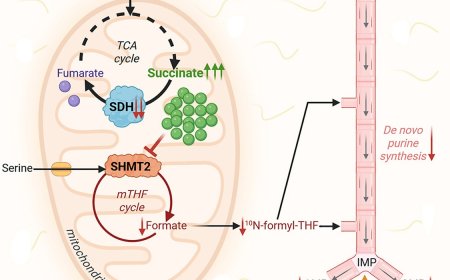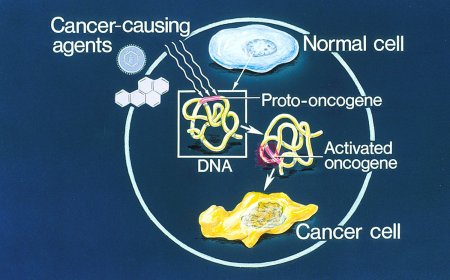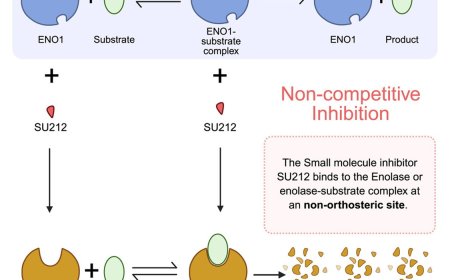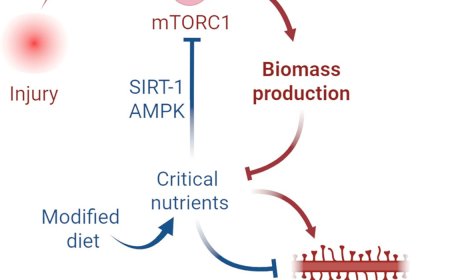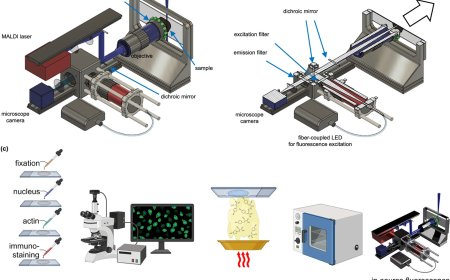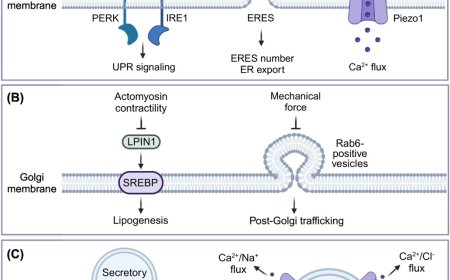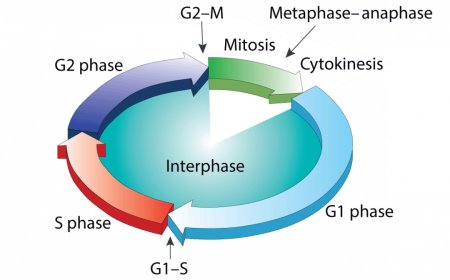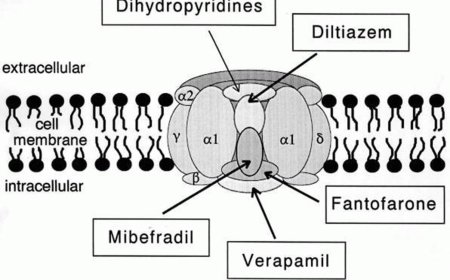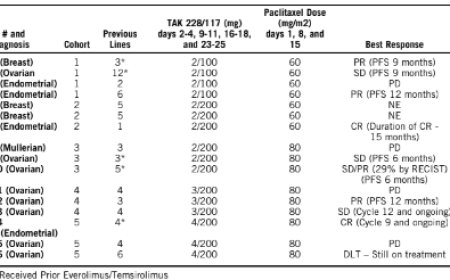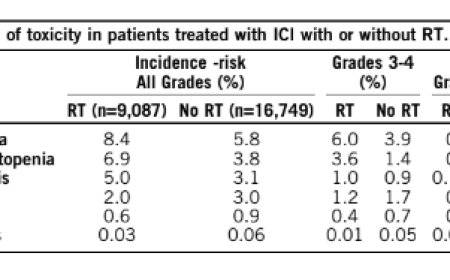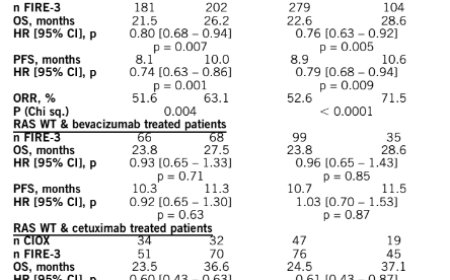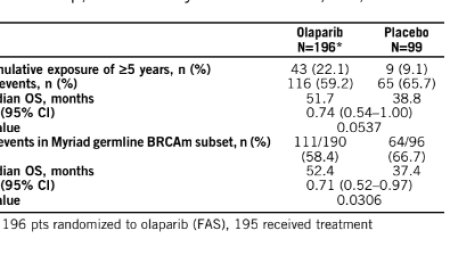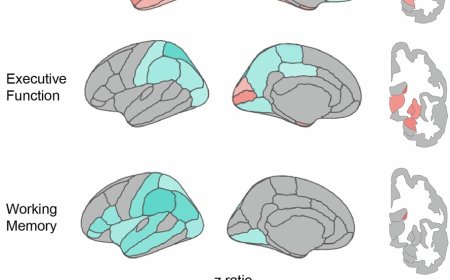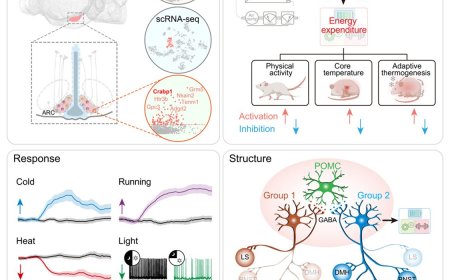Link between lipid dyshomeostasis and tau pathology in neurodegeneration

Researchers have discovered a new way that neurons act in neurodegeneration by using human neural organoids – also known as “mini-brain” models – from patients with frontotemporal lobar degeneration (FTLD).
Understanding this new pathway could help researchers find better treatments for FTLD and Alzheimer’s, the two most common forms of dementia that lead to cognitive decline.
Researchers used advanced techniques to study neurons from patients and mice, including growing human neural organoids (“mini brains”) that can feature several cell-types found in the brain.
They found the protein GRAMD1B plays a significant role in how cholesterol and lipid stores are managed in neurons. When GRAMD1B levels are altered, it changes the balance of cholesterol, lipid stores and amount of modified tau in the cells, all of which are linked to brain diseases.
The authors show that GRAM Domain Containing 1B (GRAMD1B), a nonvesicular cholesterol transporter, is increased in excitatory neurons of human neural organoids (HNOs) with the MAPT R406W mutation. Human FTLD, AD cases, and PS19 tau mice also have increased GRAMD1B expression.
They also demonstrate that overexpression of GRAMD1B increases levels of free cholesterol, lipid droplets, and impairs autophagy flux. Modulating GRAMD1B in iPSC-derived neurons also alters key autophagy-related components such as PI3K, phospho-AKT, and p62, as well as phosphorylated tau, and CDK5R1. Blocking GRAMD1B function decreases free cholesterol and lipid droplets. Knocking down GRAMD1B additionally reduces phosphorylated tau, and CDK5R1 expression.
The study is published in the journal Nature Communications.
“Scientists know that GRAMD1B plays a role in other parts of the body like the adrenal gland and intestine but until now the protein has never been studied in the brain. The findings are exciting because by targeting GRAMD1B, we can potentially develop new therapies to help people with FTLD and Alzheimer's,” said the study corresponding author.
https://www.nature.com/articles/s41467-025-58585-w
https://sciencemission.com/GRAMD1B-is-a-regulator-of-lipid-homeostasis
